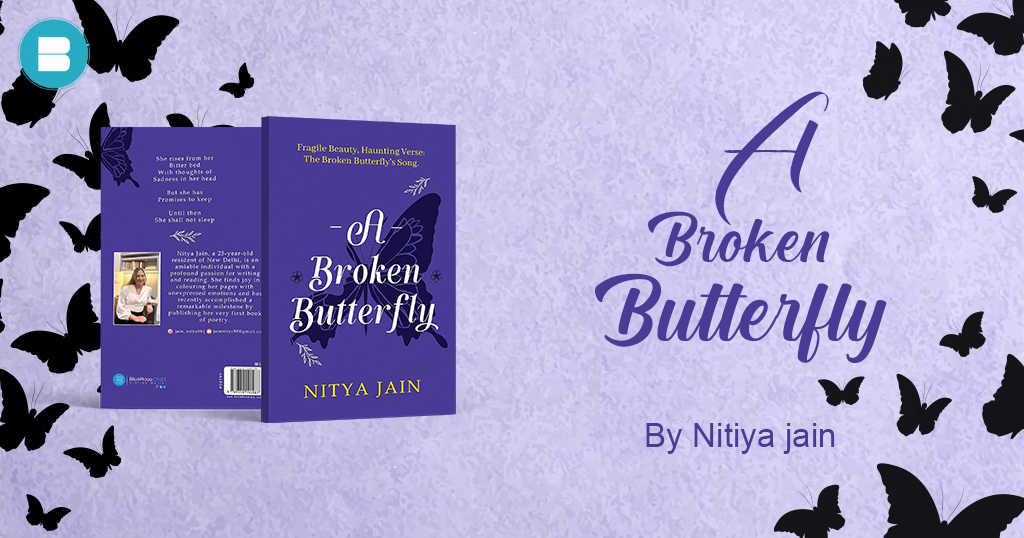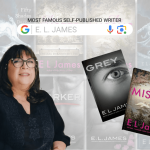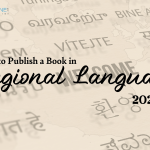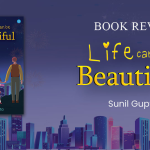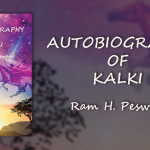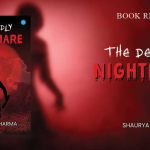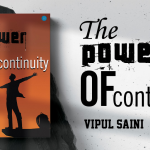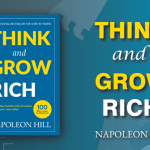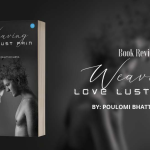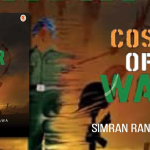Book: A broken Butterfly
Author: Nitya Jain
Blub: It might be a lonely place; let me tell you, it is not the end. This book is a companion for people who feel alone even when surrounded by friends and family. It is a road with highs and lows, embracing readers’ emotions and letting them know that they are not alone. These words are with you; we are all the same, and we are all brave enough to fight through it.
Review: Nitya Jain’s book “A Broken Butterfly” is a poignant exploration of the human experience. With empathy and grace, Jain weaves together a tapestry of emotions and experiences, creating a companion for those who often grapple with loneliness and isolation, even in the midst of seemingly supportive circles. In this review, we will delve into the essence of the book, examining its themes, storytelling, and impact on the reader.
At its core, “A Broken Butterfly” is a testament to the resilience of the human spirit. The book’s blurb sets the stage by declaring that the journey might be lonely, but it is not the end. This forms the bedrock upon which Jain’s narrative is built.
Read: Book Review – And That’s Her Story a Book by Agila Zaman
The author Nitya Jain takes us on a rollercoaster ride through life’s highs and lows, demonstrating that these emotional fluctuations are universal, transcending boundaries and backgrounds. In this shared human experience, readers are reminded that they are not alone in their struggles, fears, and vulnerabilities.
One of the most commendable aspects of Jain’s writing is her ability to embrace a wide spectrum of emotions. She does not shy away from exploring the depths of despair, heartache, and darkness, but she also deftly captures moments of hope, joy, and triumph.
This emotional duality resonates with readers on a profound level, as it mirrors the complex emotional landscape of real life. It is through this honest portrayal of the human condition that “A Broken Butterfly” shines.
The book’s structure is remarkable. Jain combines short stories, poems, and personal anecdotes, resulting in a multifaceted exploration of the book’s themes. This approach keeps the reader interested and prevents the narrative from becoming monotonous. Each piece contributes to the larger picture, creating a mosaic of emotions and experiences that form a cohesive narrative.
Jain’s writing style is poetic yet accessible. Her use of metaphor and imagery adds depth to the narrative, allowing readers to connect with the text on a visceral level. At the same time, her language is straightforward and relatable, making it easy for readers from different walks of life to engage with the material. This balance between eloquence and accessibility is a testament to Jain’s writing skills.
The central theme of loneliness is powerful. Jain effectively challenges the stereotype that loneliness is solely the result of physical isolation. Through her storytelling, she demonstrates that loneliness can permeate even the most crowded rooms and the most vibrant social circles. This recognition is a vital step towards understanding and addressing the loneliness epidemic that plagues modern society.
Read: How to Write & Publish an Anthologies of Poems in 2023.
Moreover, Jain offers readers a sense of hope and empowerment. She reminds us that we are all brave enough to navigate the complexities of life and emerge stronger on the other side. Her words serve as a comforting companion, assuring readers that they have the inner strength to confront their demons and heal from their wounds. This message of resilience is a beacon of light for anyone struggling with loneliness or mental health issues.
In addition to the emotional depth of “A Broken Butterfly,” the book also delves into the importance of self-care and self-compassion. Jain encourages readers to prioritise their mental and emotional well-being, reminding us that it is not selfish to care for ourselves. This message is particularly relevant in a world that often glorifies busyness and self-sacrifice. Jain’s words serve as a gentle reminder that self-love is not only necessary but also a form of strength.
While the book is primarily a source of comfort and solace, it also challenges readers to confront their own feelings and experiences. Jain invites us to reflect on our own journeys and consider the ways in which we may have contributed to our own sense of loneliness or despair. This introspective aspect of the book encourages personal growth and self-awareness.
The pacing of “A Broken Butterfly” is well-crafted, with the book flowing smoothly from one piece to the next. Jain’s ability to transition seamlessly between different narrative styles keeps the reader engaged and eager to uncover what lies ahead. The book is also relatively concise, making it accessible to readers with busy lives who may prefer shorter reading sessions.
In conclusion, “A Broken Butterfly” by Nitya Jain is a profoundly moving and empathetic exploration of the human experience. Through its honest portrayal of loneliness, resilience, and hope, the book serves as a companion for those who may feel isolated in their struggles.
Jain’s poetic and accessible writing style, coupled with her skillful storytelling, makes this book a valuable addition to the genre of self-help and personal growth. “A Broken Butterfly” reminds us that, no matter how broken we may feel, we are all capable of healing and finding strength in our vulnerabilities. It is a heartfelt and comforting reminder that we are not alone on this journey called life.

